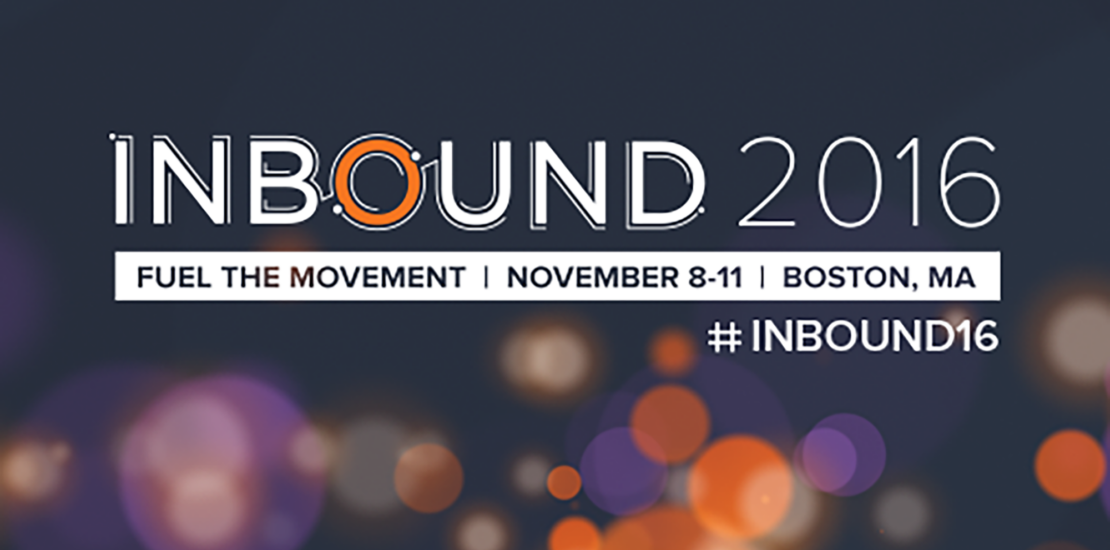- November 14, 2016
- Posted by: Dave Kurlan
- Category: Understanding the Sales Force

Last week, I spoke at Inbound, where 19,000 people attended this sold-out event in Boston. Ironically, I spoke to a crowd that wanted to learn how to be more effective at engaging prospects by phone and converting those conversations to meetings. Why is it ironic? Well, the promise of the Inbound movement is that cold calling is dead. Salespeople will reap the benefits of inbound leads from prospects who had already expressed interest. Has that happened?
There is no doubt that inbound has been a huge success. Companies that effectively utilize the power of inbound generate a tremendous number of web submissions for their sales teams. But whether we can call them leads is another story altogether. Some of the contacts are interested and ready to buy. More will be interested at a later date. Most will never become customers, but were happy to take advantage of a free trial, sample or white paper. Others subscribe to newsletters and Blogs but may never read a single issue or post.
At some point, a BDR, SDR or salesperson will attempt to contact the person whose name appears on the web form. We know it may take 10-15 attempts before that person is reached. But when they do answer their phone, what will happen?
The reality is that even though the caller knows something about the person being called, the contact knows nothing about the caller. Do you know what that means? After all the promises stating that cold-calling is dead, even the follow up calls to inbound leads are cold. That’s right, cold calling is alive and kicking, but it’s less effective than ever before.
Back in the golden age of cold calling, a salesperson might spend two hours each day, make 40 dials, hope to speak with 10 decision makers and book 2-3 meetings. And those were icy cold calls. Today, a salesperson working the top of the funnel might spend the entire day trying to reach people who submitted a form from one of the company’s landing pages. They might make 100 dials, hoping to speak with 7 people, and book only 1-2 meetings per week! Worse than icy, these calls are frozen solid.
Seth Godin first named what we now call inbound, permission marketing. But most people who request a free download, white paper, sample or trial don’t feel like they have given anyone permission to call. They seem more annoyed over the calls from inept top of the funnel salespeople than prospects were in the old days when salespeople made traditional cold calls. One reason is that most of the sellers in top of the funnel roles are millennials, many of whom are not well suited for the role. If you want to see how poorly they fit, look at the science in this article.
None of this is bad, but it is confusing, misleading and ineffective.
Cold calling has not gone away but the approach has changed. The problem today is that callers are still using outdated, ineffective scripts to follow up with people who requested anything except a call and are appropriately resistant. None of the call approaches that I’ve heard deal with this obvious dynamic.
When we help clients make changes to their approach, teach them how to get the prospects attention, and show them how to get prospects engaged on the phone, everything changes.
But people are resistant to change and in this case, the people are often those leading sales teams. And they have big egos. It’s simply time to set aside the egos, acknowledge that things are not working anywhere nearly as effectively as they should be, and make the necessary changes.
Some of it is simple excuse making – speaking of which, Will Barron of Salesman Red, completed a terrific interview with me and you can watch it right here.
